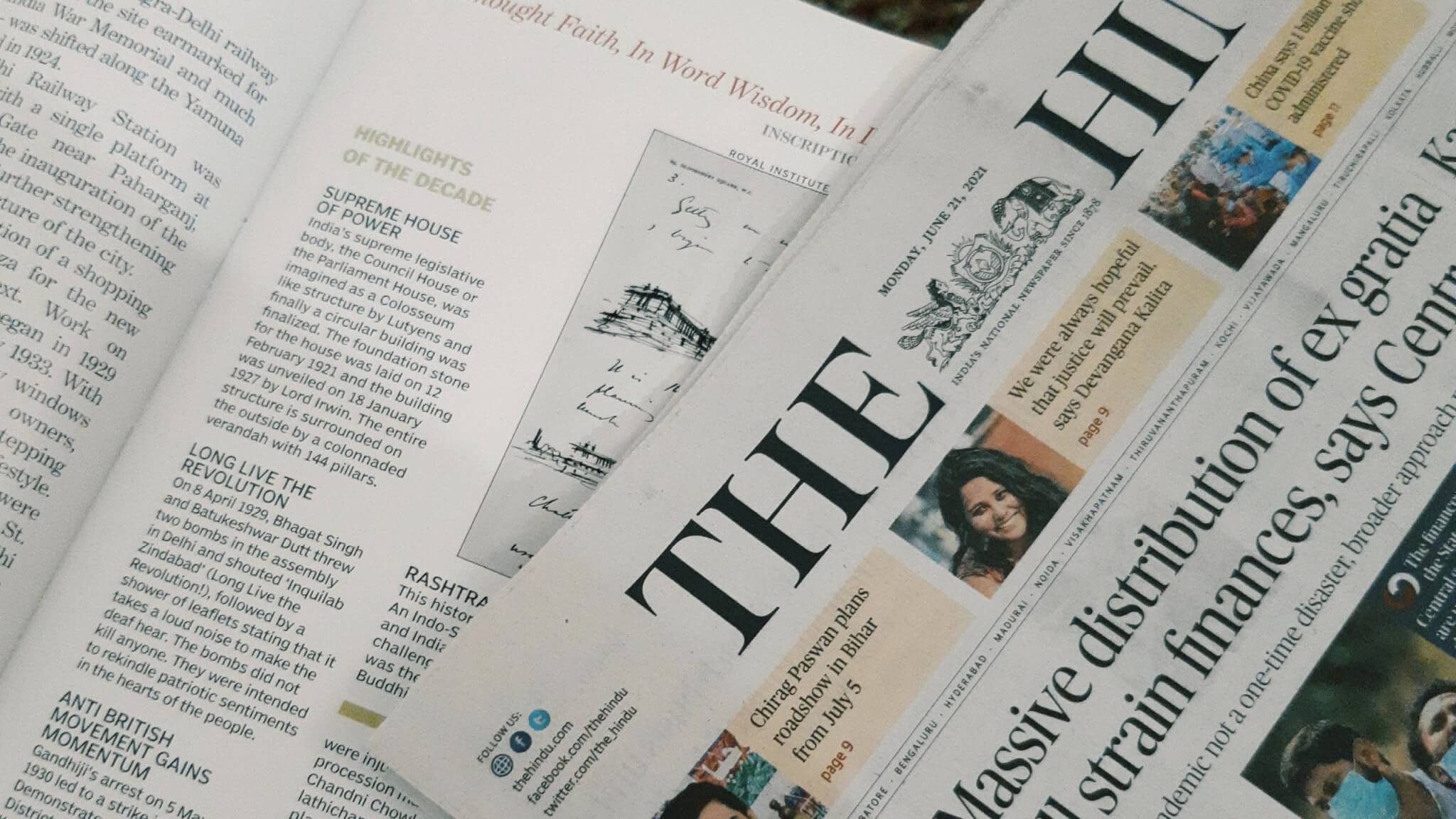
06 December 2023
Does a midnight embargo signal the kiss of death for your story?
’Should we stick a midnight embargo on the story we’re sending out to journalists?’ It’s a question often asked in a press office.
Given that newsrooms have become ‘digital first’, there is a strong argument the 00.01 embargo is now effectively redundant… so, should embargoes be ditched completely?
Or is there a happy balance that can be achieved by using 7pm as the best embargo time to opt for?
According to one department editor at a national daily, a Cinderella embargo could be the kiss of death for a story. It’s designed with morning papers in mind and harks back to the heyday of print. He said: “Midnight embargoes are primarily a nod to the world of print – they were introduced to protect the splash [front page].
“Newsrooms now are digital first and it means anything published between 10pm and 7am simply won’t be read and there’s a simple reason for this, people are sleeping and not clicking through to content!
“This is why the best times to set a story live online often tie it in with the rhythm of a working day.
“The first hour for your story is crucial – it will determine its success, and this is when you get the greatest number of clicks and the peak of your channel traffic.
“This is crucial because if your story doesn’t gather traction online it will simply fall off the equivalent of an online cliff edge.”
Digital aside, a midnight embargo signals a misplaced sense of self-importance to journalists: Our client’s story is so astonishing and newsworthy we think it merits blanket news coverage from scores of media outlets – when this is not always the case.
So, is it time to do away with embargoes completely? No, is the answer – but it is time to start using them cautiously and wisely.
A short embargo can be useful when publishing company results as they give reporters time to put questions together prior to a press briefing.
Political journalists given a lengthy report to read early under embargo will have time to ensure they can ask the best questions and put together good copy.
Embargoes are still common in the tech sector – it’s not uncommon for journalists to be given a new phone or watch to review before an official unveiling with the wow factor.
Embargoes are still vital in the entertainment sector when it comes to news releases and names of award winners.
Embargoes can also still play an important role in creating a level playing field in a newsroom: In a 24/7 news cycle, they put national print journalists on the same footing as broadcast and online media.
And the consensus appears to be that a 7pm embargo offers the best of both worlds: “Newspapers will do it and online will do it too.”
’Should we stick a midnight embargo on the story we’re sending out to journalists?’ It’s a question often asked in a press office.
Given that newsrooms have become ‘digital first’, there is a strong argument the 00.01 embargo is now effectively redundant… so, should embargoes be ditched completely?
Or is there a happy balance that can be achieved by using 7pm as the best embargo time to opt for?
According to one department editor at a national daily, a Cinderella embargo could be the kiss of death for a story. It’s designed with morning papers in mind and harks back to the heyday of print. He said: “Midnight embargoes are primarily a nod to the world of print – they were introduced to protect the splash [front page].
“Newsrooms now are digital first and it means anything published between 10pm and 7am simply won’t be read and there’s a simple reason for this, people are sleeping and not clicking through to content!
“This is why the best times to set a story live online often tie it in with the rhythm of a working day.
“The first hour for your story is crucial – it will determine its success, and this is when you get the greatest number of clicks and the peak of your channel traffic.
“This is crucial because if your story doesn’t gather traction online it will simply fall off the equivalent of an online cliff edge.”
Digital aside, a midnight embargo signals a misplaced sense of self-importance to journalists: Our client’s story is so astonishing and newsworthy we think it merits blanket news coverage from scores of media outlets – when this is not always the case.
So, is it time to do away with embargoes completely? No, is the answer – but it is time to start using them cautiously and wisely.
A short embargo can be useful when publishing company results as they give reporters time to put questions together prior to a press briefing.
Political journalists given a lengthy report to read early under embargo will have time to ensure they can ask the best questions and put together good copy.
Embargoes are still common in the tech sector – it’s not uncommon for journalists to be given a new phone or watch to review before an official unveiling with the wow factor.
Embargoes are still vital in the entertainment sector when it comes to news releases and names of award winners.
Embargoes can also still play an important role in creating a level playing field in a newsroom: In a 24/7 news cycle, they put national print journalists on the same footing as broadcast and online media.
And the consensus appears to be that a 7pm embargo offers the best of both worlds: “Newspapers will do it and online will do it too.”